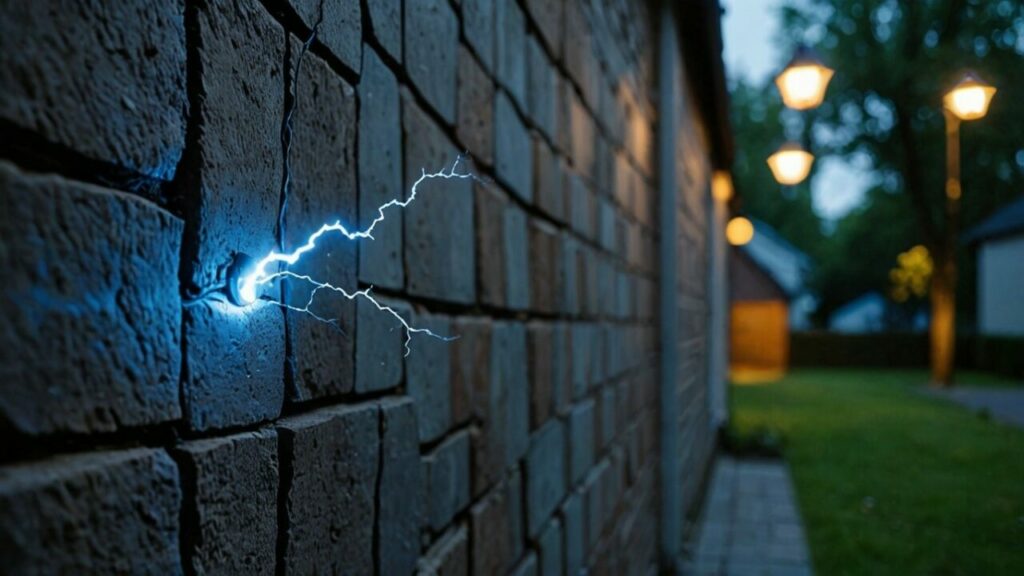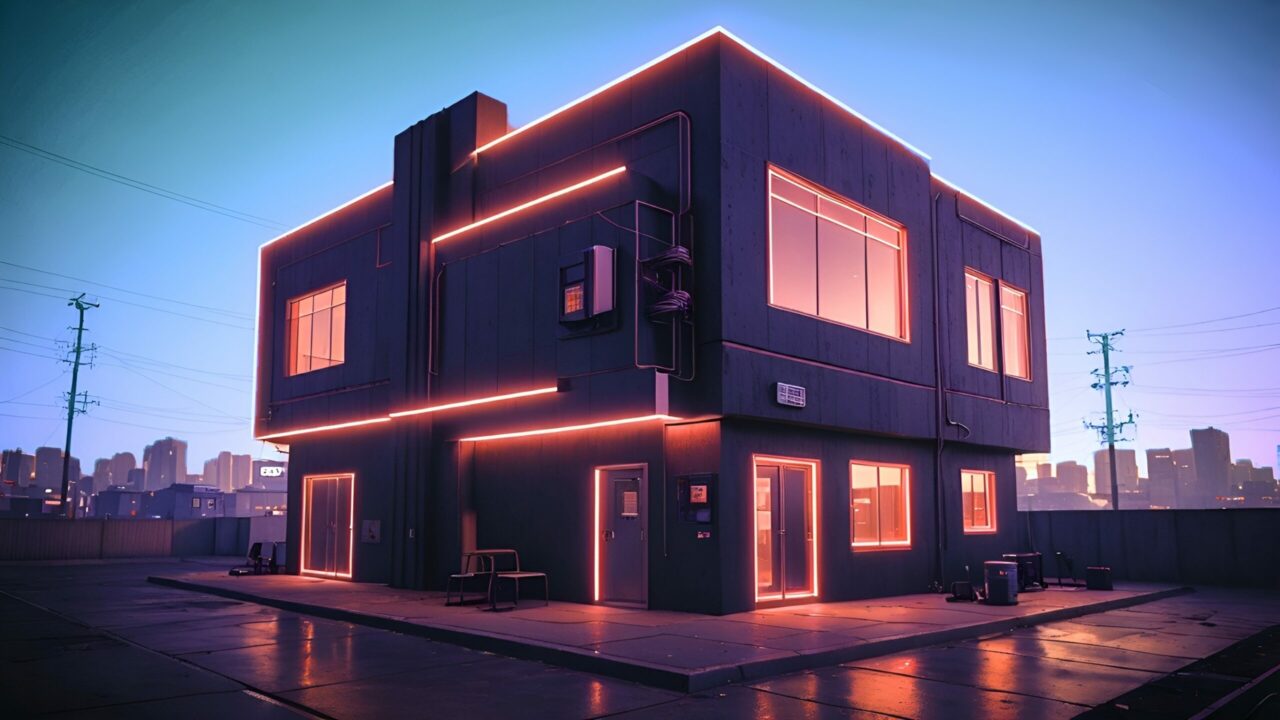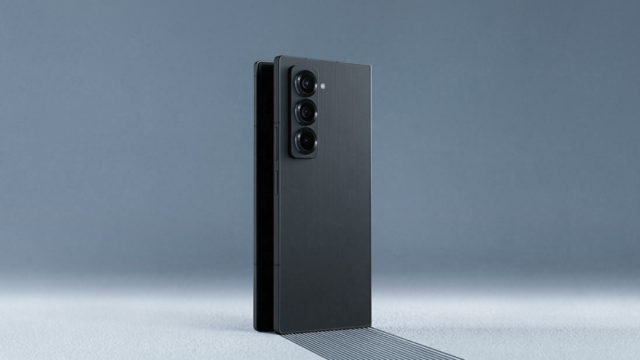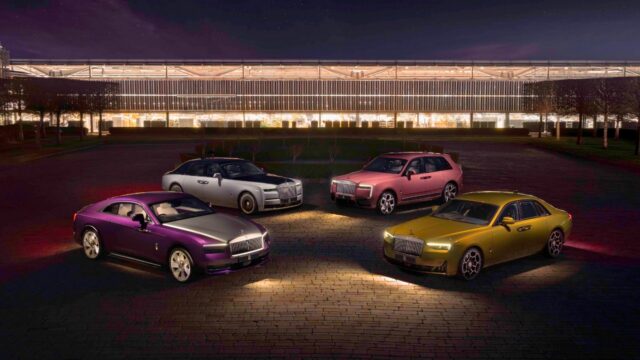A mind-blowing invention has come from MIT and Harvard. This time, scientists have developed a technology that will turn our homes into giant batteries. We will now see concrete not only as a construction material but also as a power bank capable of storing energy. So, what did they do to the concrete to make it this way? Here are the details…
MIT’s crazy invention! Energy-filled concrete turning houses into power banks
Brilliant researchers at MIT, led by Dr. Damian Stefaniuk, have created a concrete filled with microscopic pathways capable of conducting electricity using cement, water, and carbon black. This material transforms into an energy storage device, quickly storing excess energy from renewable sources and releasing it when needed. Dr. Stefaniuk said, “I couldn’t believe it when a LED bulb was powered by this concrete supercapacitor.” We couldn’t believe it either…

Thanks to this technology, for example, you can store the energy produced during the day with solar panels in the foundations of your house and use this energy at night like a power bank. This offers a significant advantage, especially for intermittent renewable energy sources like solar and wind. The sun doesn’t always shine, the wind doesn’t always blow, but with these concrete supercapacitors, you can store energy in the concrete like a power bank and use it when needed.
This innovation can be used not only for houses but also to build roads where electric vehicles can charge wirelessly while on the move and buildings based on energy storage. Imagine your car charging while driving on the road. This technology can create a more durable and sustainable electricity grid.
Of course, like every innovation, turning a house into a power bank has some challenges. Currently, concrete supercapacitors discharge energy quickly, making them unsuitable for applications requiring constant power output. Additionally, the environmental impact of cement production is a significant issue. Cement causes a considerable amount of carbon dioxide emissions. Dr. Michael Short from Teesside University says, “This concrete energy technology offers very interesting potentials, but more research is needed to scale it up and reduce its environmental impact.”
In the future, this power bank concrete could lead the way to a more durable and renewable energy future, but only if they solve its environmental impacts. You can reach the details of the research from here. What do you think about this topic? Can such innovations solve the energy storage problem? Share your thoughts in the comments section below.















